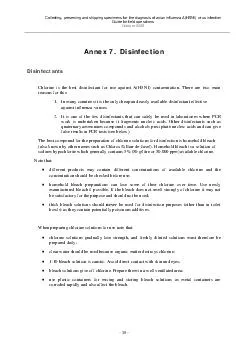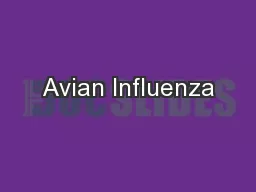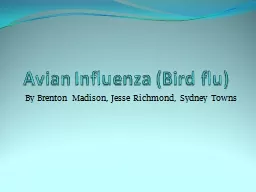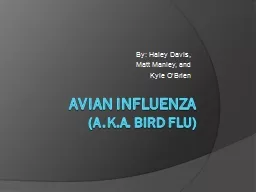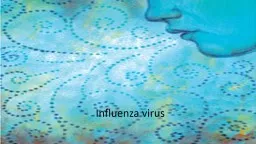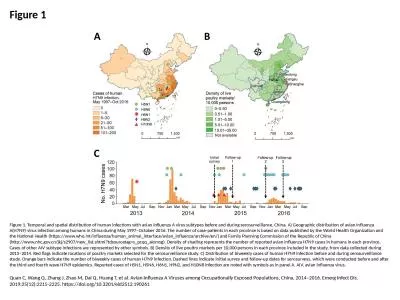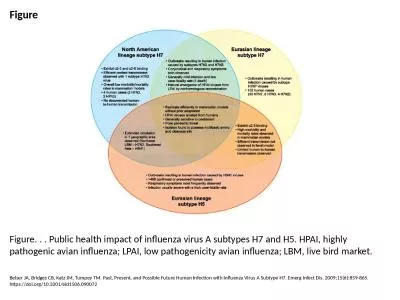PDF-Collecting preserving and shipping specimens for the di agnosis of avian influenza AHN
Author : danika-pritchard | Published Date : 2015-02-23
Disinfection Disinfectants Chlorine is the best disinfectant for use agai nst AH5N1 contamination There are two main reasons for this 1 In many countries it is the
Presentation Embed Code
Download Presentation
Download Presentation The PPT/PDF document "Collecting preserving and shipping speci..." is the property of its rightful owner. Permission is granted to download and print the materials on this website for personal, non-commercial use only, and to display it on your personal computer provided you do not modify the materials and that you retain all copyright notices contained in the materials. By downloading content from our website, you accept the terms of this agreement.
Collecting preserving and shipping specimens for the di agnosis of avian influenza AHN: Transcript
Download Rules Of Document
"Collecting preserving and shipping specimens for the di agnosis of avian influenza AHN"The content belongs to its owner. You may download and print it for personal use, without modification, and keep all copyright notices. By downloading, you agree to these terms.
Related Documents

